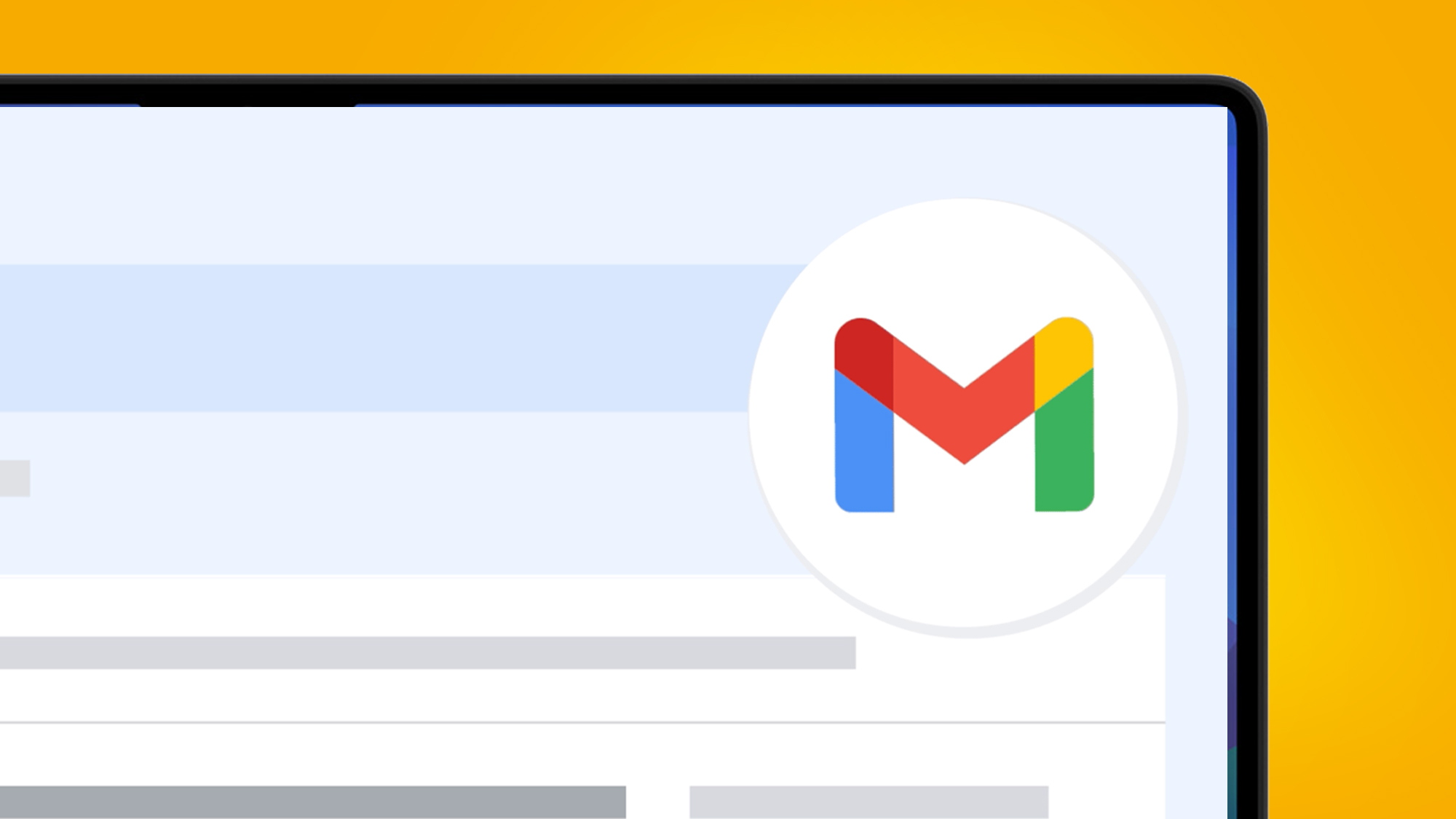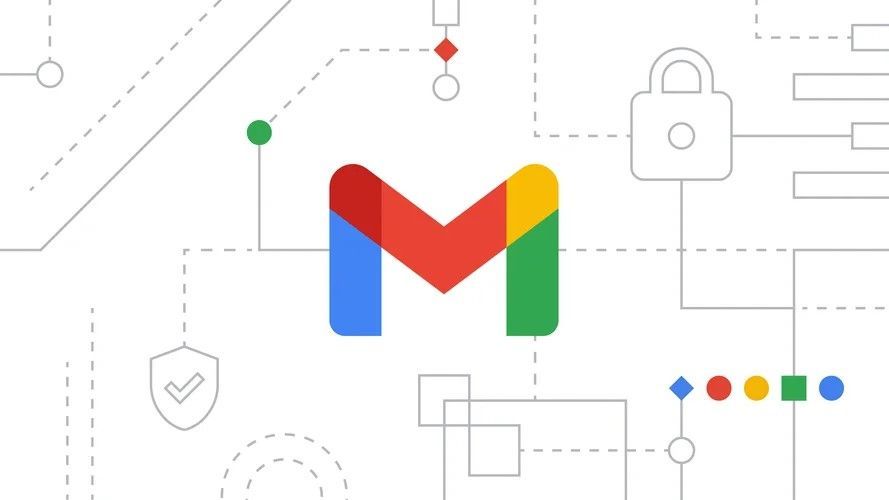Spam emails range from ads for services you signed up for once in 2019 and haven't used since to scams trying to steal your life savings, but spam of any kind is annoying, so Gmail users may be excited to see its arrival. of new protections that should help tidy up your inbox.
These protections were announced in October of last year and come in the form of bulk email sender guidelines that Google introduced this month that require senders to follow certain formats, authenticate their domain, and ensure that the number of emails flagged as spam falls below certain thresholds. and do not allow senders to impersonate other senders.
Perhaps most helpful is the stipulation that mass email senders will be required to include a “clearly visible unsubscribe link” in their messages, and will have to unsubscribe users who click this link within two days. .
If senders violate these rules, at first Google will simply send them error messages, but if problems persist, in April Google will begin rejecting a percentage of non-compliant emails; This rejection rate will increase the longer senders do not comply with the rules. , until Google starts blocking all emails that break the rules.
As for the one-click unsubscribe button, senders have until June 2024 to add it to all “commercial and promotional messages” before facing repercussions.
Bulk senders are classified as anyone who sends 5,000 or more messages to personal Gmail accounts in a 24-hour period, and once someone meets this criteria, they will always be considered a bulk email sender. To prevent businesses from setting up multiple email accounts, the total will include all emails sent from the same primary domain.
The upshot of all this is that your Gmail inbox should be a lot less crowded or junky, and you'll only see the emails you really want to see.
More spam protections to come?
In addition to these spam email guidelines, Google has also issued several suggestions to email senders on how they can make their digital correspondence appear less spammy and annoying to recipients.
At this time, these are not strict rules and are primarily there to help senders reduce the chance of their emails being flagged, but if Google continues to clamp down on spam, these recommendations could become requirements.

What's more, although Google currently classifies bulk email senders as anyone who sends 5,000 or more emails per day, it could lower this limit and extend its one-click unsubscribe button and authentication rules to other senders. .
Google appears committed to its anti-spam campaign and says its efforts so far have reduced the number of unauthenticated emails received by Gmail users by 75%, so it is expected to implement more email protections in the future. And if you want to do more to reduce spam today, we have a guide on how to stop spam you can check out for tips.









